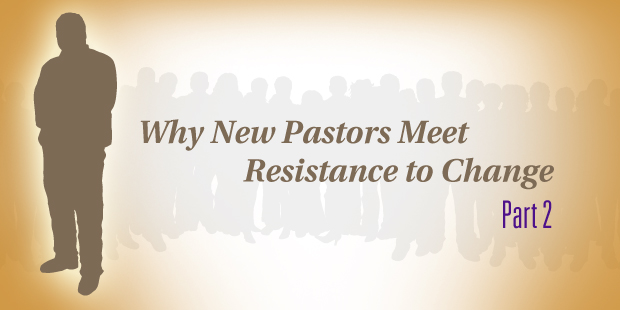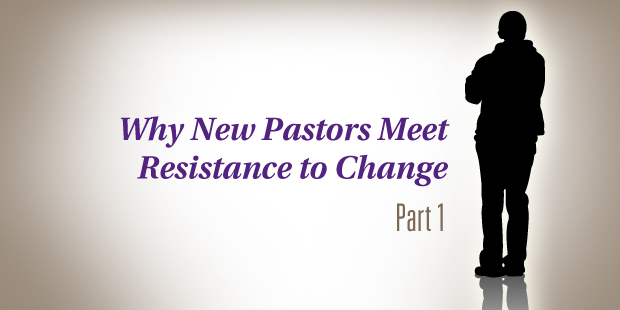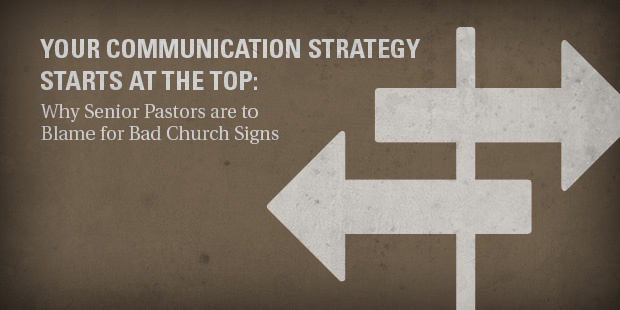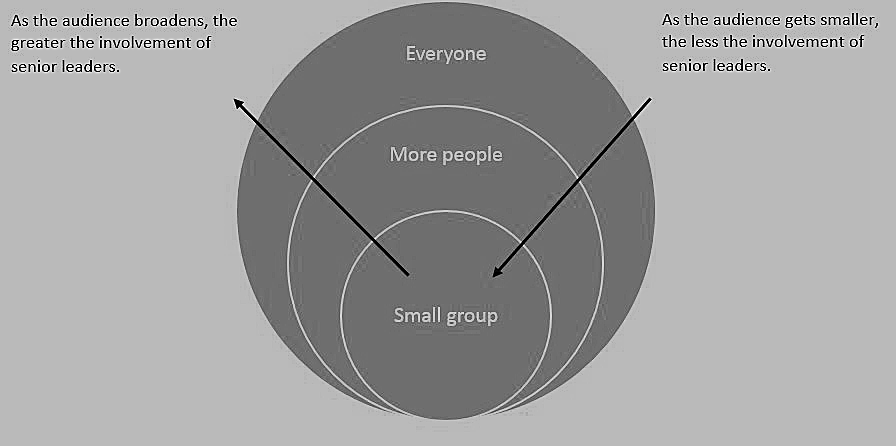
7 Ways to Love Your Community
Church leaders should love their churches where they are now, not where they wish their congregations could be in the future. That’s a given, or at least should be. But what about the community? Church leaders should love their communities as much as their churches. Granted, some churches are easier to love than others, and some communities are easier to love than others. A calling to a place, however, requires a love for that place.
One of the pitfalls of church leadership involves the call to a new place—a location in which the new minister has little knowledge. Some of us grow up living in a number of different places. My family moved every three years or so when I was a child, and I’ve pastored from Florida to Indiana. But even if you have experienced several transitions, a new place of ministry can prompt infatuation or disdain with the community.
Infatuation occurs when you feel like the new location is more exotic: big city, rural community, beachside, in the mountains—whatever excites you more than your current location. But infatuation quickly fades as you settle into a routine. Disdain occurs when you feel like the new community does not provide what your previous community offered. And disdain can stick with you. Whether you’re infatuated or disappointed with the location of your ministry, you must learn to love your new community in the same way you learn to love a new congregation. Love for a congregation mismatched with disdain for a community will cause you to retreat in an unhealthy church bubble. Either you will lead your congregation inward, or they will (rightly) question your bitterness and lack of outward focus.
What are some ways church leaders can learn to love their communities?
- Don’t go home. If you’re jumping at every opportunity, or fabricating lame excuses, to get back home, then your heart is clearly not in the community. God calls church leaders to minister in a place. If you’re looking for every chance to leave that place, then you’re not being a good gospel ambassador.
- Join in the fun. Every community has unique ways (or occasions) it celebrates. Jump in and contribute to the celebration. Only the most hardened of curmudgeons can hang on to bitterness when everyone around them is having fun.
- Live with the people. Don’t move to the outskirts, away from the people. Live in the heart of your community. Your home is not a retreat from ministry; it is a crucial tool in ministry
- Stop complaining. It’s difficult to grow a church when you’re gaining a reputation as the town killjoy.
- Stay active. Be on the go in your community. Sedentariness exacerbates loneliness, frustration, displeasure.
- Join a civic organization. Be a leader beyond your church. When the community (in addition to your church) is looking to you for leadership, then you are obligated to create a positive outlook for everyone.
- Try something new on a regular basis. Break the routine. Go to different restaurants. Travel different roads. Attend a new festival. Hang out with a different crowd. It’s difficult to harbor negativity when you’re excited about trying something new.
I’m interested in your thoughts. Do you have any ideas about how church leaders can learn to love their communities?

Tags: Church Plant, Community, Sam Rainer, love
























